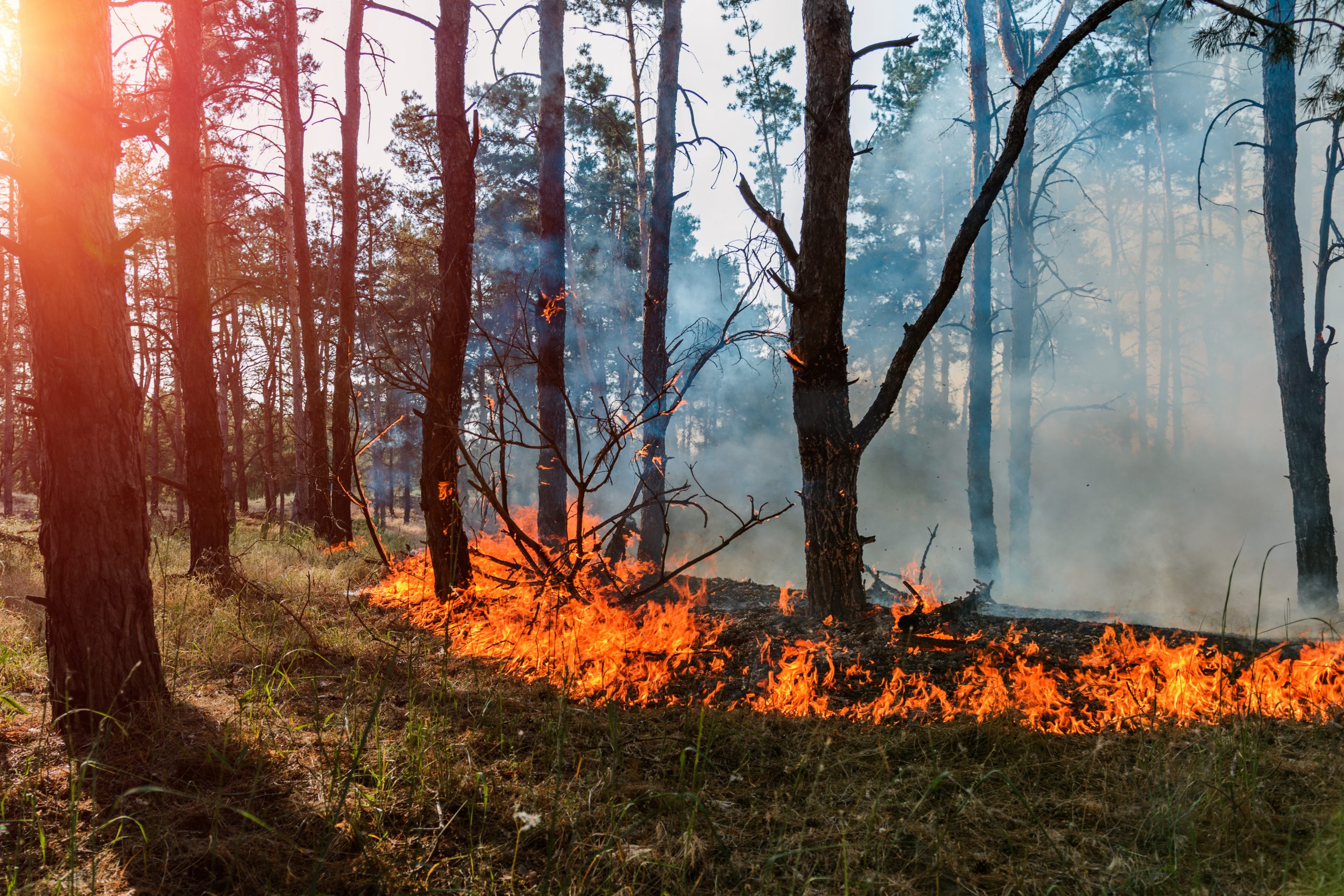For years, fires in our forests have been extinguished as soon as possible. That practice, when combined with warmer temperatures, and drier conditions, has made for larger and more intense fires. In fact, new words have been coined to better describe the immensity of recent fires; a megafire is being used to describe 100,000 acre blaze, and anything over that becomes a gigafire. For perspective, 100,000 acres equals a little over 156 square miles.
Many recent studies have shown that a forest is more that just a stand of trees. It is a thriving ecosystem, with fire an important part. For instance, neither sequoia nor redwood trees can reproduce without fire. Native Americans knew about the need for fire. What colonists thought of as a pristine, untouched wilderness was the result of occasional managed fires which created grasslands, along with new forests, across the North American landscape. Fire even benefited ordinary daily pursuits, as an online article about Yurok basket weaving proves.
We naturally think of The U.S.Forest Service as protectors when it comes to fire. That’s only partially true. Individual States are responsible for their own forest lands. However, California and the Federal government have entered into an Agreement for Shared Stewardship over one million acres of forest land.This joint management will be significant for California’s overall forest health and wildfire resilience.
The Forest Service is also working with national organizations such as The Nature Conservancy, and The Center For Biological Diversity, as well as many others, to formulate plans for better forest management. This includes managing fires, forecasting fires, fighting fires, as well as restoration after fires.
An artist’s rendering on The Nature Conservancy’s website (scroll half way down the page) shows how a fire might affect a managed forest versus what happens when a fire sweeps through an overgrown, unmanaged forest.
What happens after a fire? The US Forest Service has set up a program called Burned Area Emergency Response. The BAER program identifies post-fire threats, as well as recommends actions to take to reduce the detrimental consequences a fire can bring.
The BAER program focuses on lands not likely to recover naturally; anywhere water runoff will be excessive, severely burned areas, or steep slopes above valuable facilities.
BAER teams are composed of hydrologists, soil scientists, biologists, vegetation specialists, and even archeologists. These specialists evaluate a burned area immediately, and recommend stabilization treatments. This can happen before the wildfire is totally contained. The time to begin recommended treatments in a burned-out area is always “right now.”
All too often, after seeing or hearing about a major forest fire, discouragement sets in. We sometimes forget the many dedicated people working to restore our lands. Let’s remember them, and be grateful for their work.

Forest fire. Burned trees after forest fires and lots of smoke


 Facebook
Facebook
 Twitter
Twitter
 Pinterest
Pinterest
 Copy Link
Copy Link